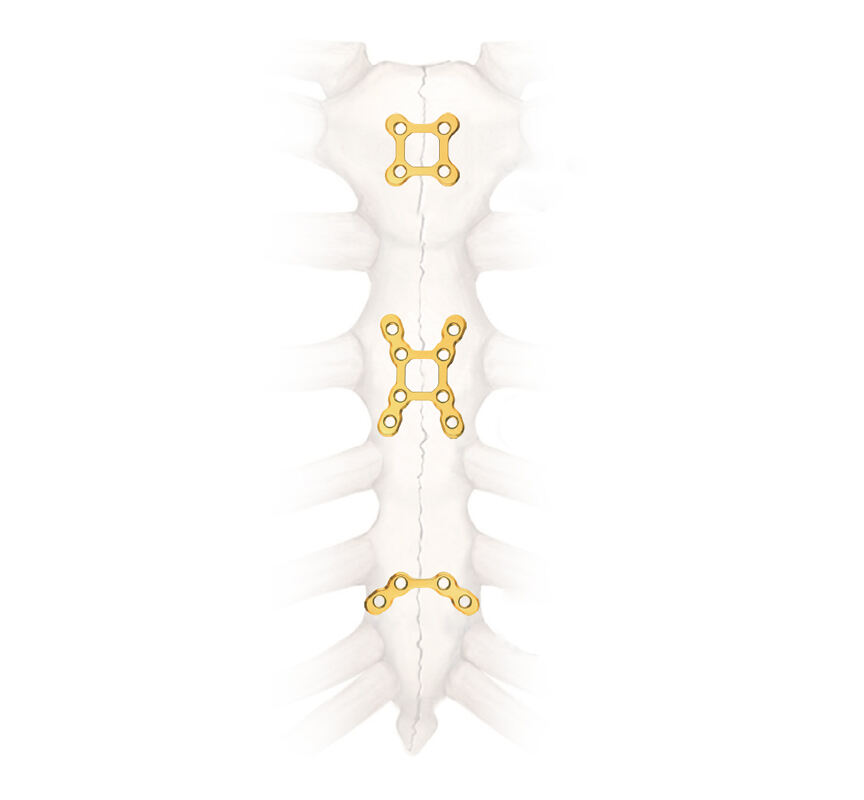Introduction
Locking plates have revolutionised orthopaedic treatment of complex fractures especially in trauma. With secure internal fixation devices, we better stabilize fractures for healing. AbstractPurpose of ReviewThe aim of this article is to explain the concept of trauma locking plates, their indications, biomechanical benefits and rationale for clinical applications making them a very fundamental way by which fractures are treated today.
Abstract on Trauma Locking Plates
Internal fixation Fractures are fixed with devices such as plates, screws, and nails that hold bone fragments in place while they heal. The design and the action are completely different than conventional plates. They have threaded holes for insertion of locking screws, which lock into the plate itself, allowing angular stability and decreasing stress between bone–screw interface.
Indications for use of Trauma Locking Plates
Note: Trauma locking plates are used for indications that could not be managed with conventional techniques. This is especially relevant in cases of bad bone quality (osteoporosis), limited fixation sites around a joint and fractures with extensive comminution or bone loss. They are also favored in cases such as proximal humerus fractures or periprosthetic fractures where bicortical fixation isn't possible.
Trauma Locking Plates Has Biomechanical Benefits
The biomechanical properties of trauma locking plates are favorable in comparison to conventional plates. This helps achieve better axial stiffness and ensures torsional rigidity, both of which are critical for fracture stabilization and positioning. The plate working length (the distance between the screws) has an effect on stability; greater working lengths increase stability. Moreover, the initial screw number and location are also fundamental elements in obtaining this "stable plateau", where more screws do not increase stability.
Applications and Adaptations in Clinical Settings
Trauma locking plates are popular for diaphyseal and metaphyseal fractures. Further clinical modifications, including far cortical locking, dynamic locking screws as well as active locking plates have become available more recently to enhance the results. These plates are able to maintain controlled axial dynamization, permitting micromotion at the fracture site, which is required for fracture healing.
Comparison with the Literature on Other Fixation Methods
Despite the advantages associated with trauma locking plates, other fixation modalities such as intramedullary nails and external fixators continue to play a significant role in select situations. Intramedullary nails are not only less invasive but they are also ideal for long bone shaft fractures. Moreover, in complicated instances combinations of the above-mentioned and also understood hybrid fixation techniques that incorporate both absolute as well as relative stability are implemented additionally to achieve an ideal result.
Selecting Plates and Construct
The span ratio of the trauma locking plate and whether transverse fixation should be constructed are determined by the number of working length–locking screw units in the plate. How the fracture pattern, quality of bone and type of bone itself informs. The only way to keep maximum stability for facilitating union is correct knowledge about these facts.
Conclusion
Abstract: Trauma locking plates are an essential tool in the orthopedic surgeons armamentarium. Using a multitude of biomechanical advantages, they provide new horizons in the management of complex fractures. ConclusionOwing to the abysmal advances in technology and techniques, trauma locking plates will continue to be a phenomenal main stay within the realms of orthopedic trauma handlings benefiting patient population with significant upsurge in their outcomes and recovery time.
 EN
EN
 FR
FR
 ES
ES
 AR
AR

